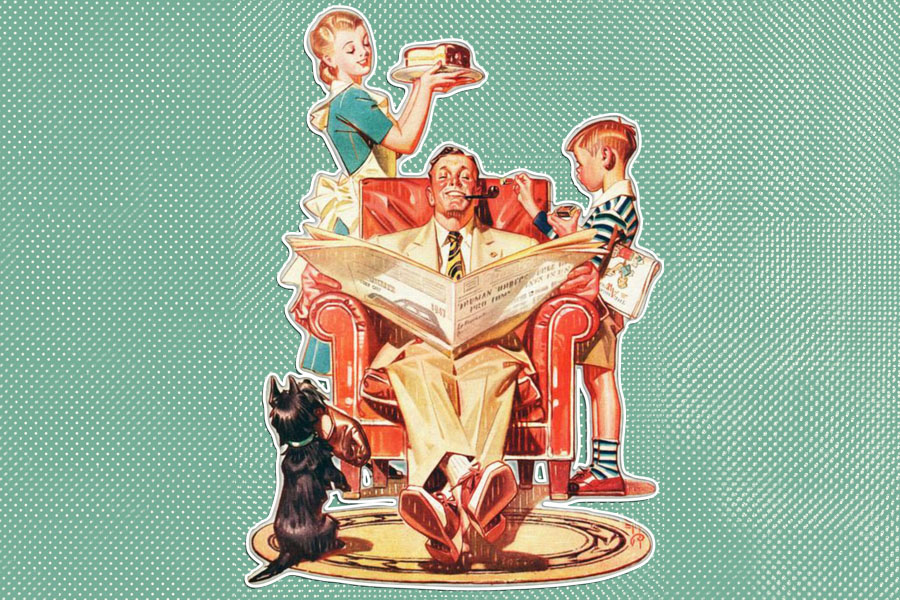
By Dr Juliet Kele, Research Fellow In HRM
Department of Management, Birmingham Business School
This month saw the introduction of new advertising laws, prompted by the Advertising Standards Authority (ASA) in their review of gender stereotyping in adverts.
Under these new rules, traditional gender-role stereotypes would not be completely banned, yet ‘harmful’ or ‘offensive’ depictions, such as those outlined by the Committee of Advertising Practice (CAP) would not be permitted. These include scenarios of men battling with household chores or girls portrayed as less academic than boys.
Last year, the ASA revealed the UK’s top ten most complained about ads of 2017, which they state were ‘misleading’, rather than agreeing with the public’s complaints that they were ‘offensive’. However, it is one thing to criticise ads, such as the one used to promote a new toilet air-freshener, for illustrating that even Hollywood stars need to use the bathroom – yet it is quite another to criticise ads for perpetuating outdated gender stereotypes.
The question which needs to be asked is how did some of this adverts make it to air? What was the screening process like and who was in control of these checks? What is needed here is for organisations to become more socially responsible and aware of any potential negative reinforcing stereotypes – the envisaged outcomes of these new ASA rules.
Rather than excessively focusing on ‘what is and is not deemed as offensive’, these new rules acknowledge society’s increasing awareness, especially in our #MeToo era. While adverts are over-reliant on placing people in gender-typical roles may be whimsical or produced for some sort of comedic effect, they show a stark contrast with how things used to be and how far society has come in terms of gender equality. The empowerment of women and the willingness of fathers to be more hands-on with their babies and children is becoming increasingly apparent. The media is now starting to pay attention to these changes: depicting men in ‘softer’ and more egalitarian roles and targeting women through pro-female messaging – ‘femvertising’ – for example, the #LikeAGirl campaigns by Always.
This is supported by the large amounts of research conducted in this area. A recent comparative study across the UK, Poland and South Africa found that audiences preferred advertisements which portrayed men in non-traditional ‘paternalistic’ house-husband roles; as opposed to the traditional ‘envious’ businessman. This provides further support for the effectiveness of advertisements which break traditional gender stereotypes.
Celebrating, rather than objectifying, women in advertising, while dismantling gender-equality barriers, also makes business sense. However, a central consideration is creating ads which are authentic and not simply companies playing the ‘femvertising’ card to their increase sales.
Any step towards reducing these harmful one-dimensional stereotypes is positive; especially as new studies reveal that ‘housework is still considered women’s work’. Let’s hope that these new regulations pave the way for a greater push for gender equality in society and the extinction of such rigid and archaic gender stereotypes.

1 thought on “Engendered species: gender stereotypes becoming extinct?”